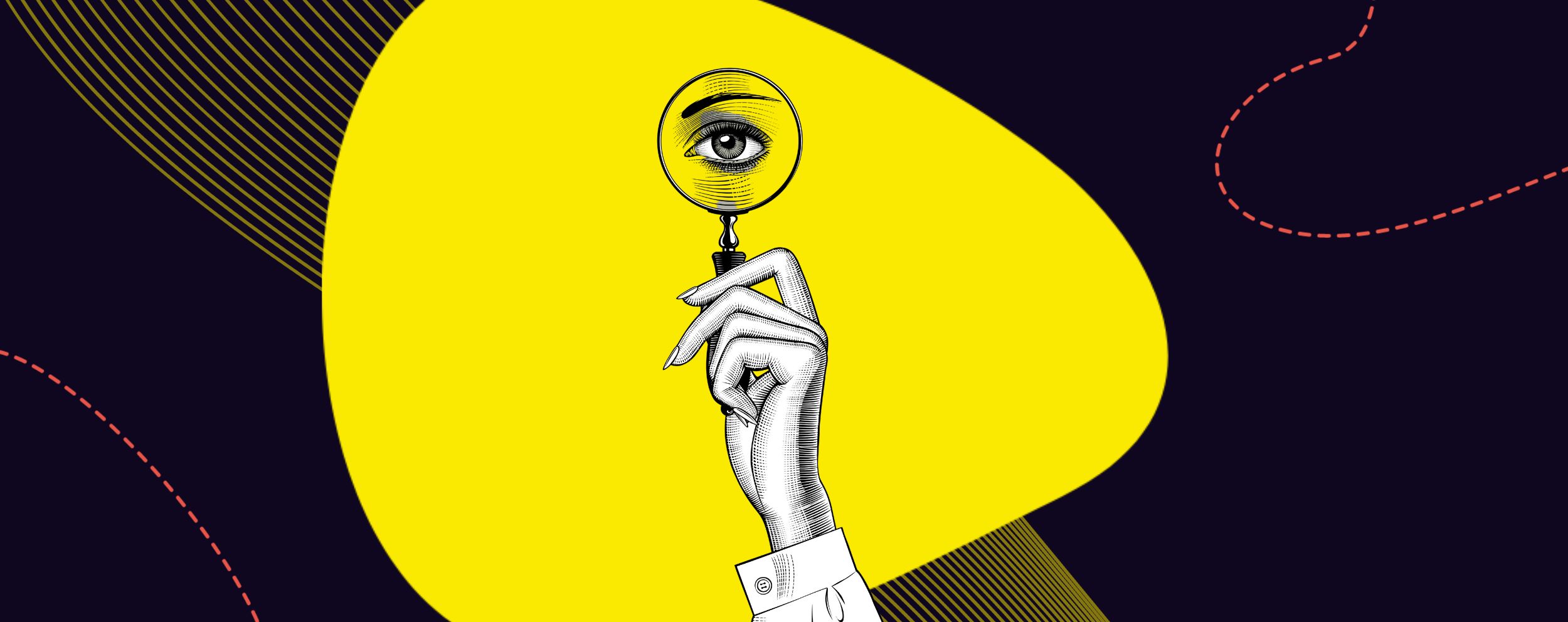LookFar Labs22 July 2021
Why Brands Shouldn’t Use Dark Patterns
Even if you haven’t heard of dark patterns, you’ve been a victim of at least one method during your time spent online. Maybe you’ve signed up for a free trial only to be charged once the period has passed. Or, you’ve decided to cancel a service or subscription only to be met with an unnecessarily difficult process of closing out your account. These dark patterns are purposefully placed for the benefit of the company using them and the expense of the end-user.
Yes, dark patterns are an effective way to meet an end. You’ll gain a follower to your newsletter or prevent a canceled subscription. However, you will likely also break the trust between you and your audience. How can you maintain professional design and business practices without resorting to the tricks of dark patterns? LookFar Labs is here to help you identify these patterns and find successful alternatives that won’t cost your company’s reputation.
What Are Dark Patterns?
In the world of UX and UI design, dark patterns are design choices used to boost company reach and profit. Unfortunately, these patterns manipulate or exploit the end-user. There are many varieties of dark patterns that utilize confusing wording or specific color placement. These trick the user into the desired outcome. As you can imagine, this doesn’t go over well with the person being tricked. That’s why the success of this UI pattern is short-lived. Where do these patterns live, and how can you notice them?

Examples of Dark Patterns:
- Misdirection
This is a means of distracting the user from one feature or piece of information with another design feature. This often uses color to pull a user’s attention towards a more expensive purchase. Typically, a button to opt-out of a more expensive option is grayed out while a button to continue with the payment is a brighter, eye-catching color. - Trick Questions
A series of form responses or checkboxes guides users into giving unintentional answers. The wording is just tricky enough that you may miss key details in a quick readthrough. For instance, your checkboxes may imply the services you want to subscribe to versus unsubscribe to. You may miss this differentiation when skimming over information. - Confirmshaming
This pattern guilts a user into something by way of critical or shaming verbiage. Instead of the typical “Continue Shopping” buttons, the text may read “I’d Rather Pay Full Price.” This guilting language may sway the user’s decision to sign up for newsletters or special offers.
- Roach Motel
After signing on for a service or subscription, it is extremely difficult to get out of it. For example: to unsubscribe from a newsletter, you must first log in to your account, select your reasons, and confirm on the website. By creating a long list of steps, you are inconveniencing the user—thus discouraging them from opting out of your service.
Why Do Brands Utilize Dark Patterns?
These examples are just a few of the types of dark patterns that you can find floating around the internet or in-app design. Companies use these patterns for their effectiveness at pushing profit. Tricky or well-concealed patterns confuse users into purchases or sharing information. This data positively impacts the company. While these UI patterns are low-hanging fruit, they have serious consequences that can outweigh the benefits.
As we’ve demonstrated, this form of UX and UI design manipulates the end-user. It breaks any credibility or trust that you have built with your audience. These dark patterns are considered unethical techniques for company gain. Rather than resorting to these frowned-upon methods, ethically designed products can cultivate both success and respect.
No Tricks—Just Honest UI Design
LookFar Labs helps your company grow with innovative software development—no tricks necessary. Our United States-based software engineers are skilled in frontend and backend app development and infrastructure management. We begin with researching your code, defining its internal architecture and modeling, and confirming its dependency. Then, we build your application. We carry our quality standards into product design, as well. In addition, we assist in content strategy, wireframing, and prototyping. We only incorporate ethical user interface and experience design without the use of dark patterns.
If you are ready to start your project or have any questions, we would love to connect with you! Send us a message through our website or call us at (504) 315-3150. Let us know what software you currently use, what ideas you have for new software, and what needs you want to meet in your business. We look forward to developing solutions for you through software design!
Written by
 Signal-Based Selling FTW with Creative Service Agencies
Signal-Based Selling FTW with Creative Service Agencies  Build vs. Buy: Third Party or Custom-Developed Software
Build vs. Buy: Third Party or Custom-Developed Software